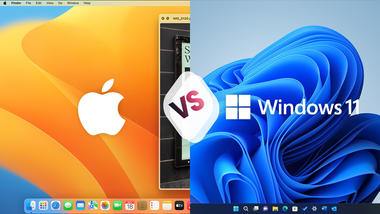
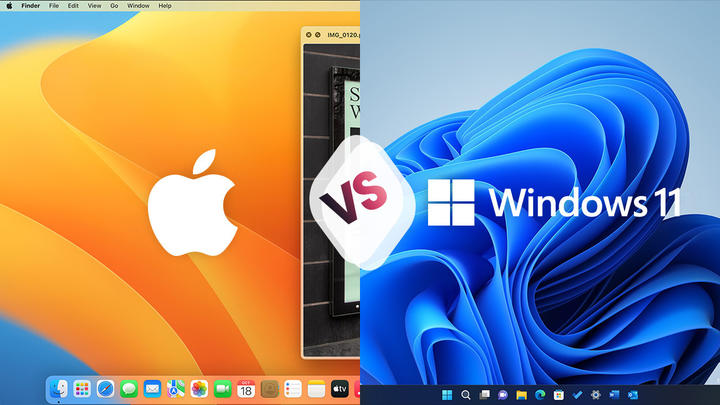
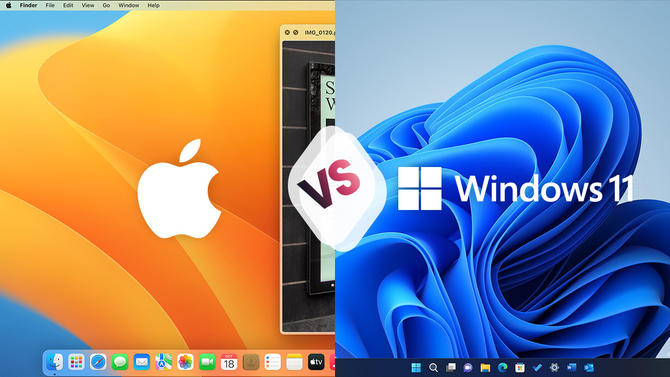
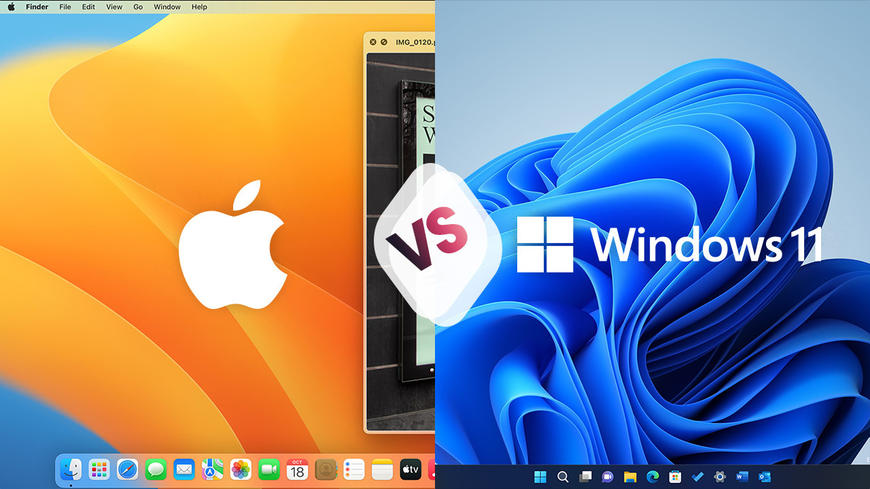
In today's digital age, the choice between Windows and iOS can be a challenging decision to make when purchasing a new computer or laptop. Both operating systems have their own unique features, advantages, and disadvantages. In this article, we will delve into a detailed comparison of Windows and iOS, examining their strengths, weaknesses, and specific features. Additionally, we will address the perception of MacBooks as fashionable devices and explore whether they justify their higher price tag or if comparable Windows laptops can provide a similar experience.
I. Windows: Advantages and Disadvantages
Windows, developed by Microsoft, has long been the dominant operating system in the PC market. Its advantages include:
Wide range of hardware options: Windows supports a vast array of hardware configurations, allowing users to choose from a diverse selection of computers, laptops, and devices tailored to their specific needs and budget.
Software compatibility: Due to its popularity, Windows has an extensive library of software applications, including both mainstream and specialized programs. This compatibility makes it easier for users to find and use the software they require.
Customizability: Windows offers a high level of customization, allowing users to personalize their interface, desktop, and workflow according to their preferences. This flexibility enables users to optimize their computing experience.
However, Windows is not without its drawbacks:
Security concerns: Windows has historically been more susceptible to malware and viruses due to its widespread usage. While Microsoft has made significant improvements in recent years, security remains a concern that requires vigilant user behavior and regular updates.
User interface consistency: Windows has experienced challenges in maintaining a consistent user interface across different versions, leading to occasional confusion for users who may have to adapt to changes with each update.
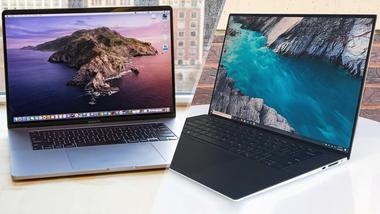
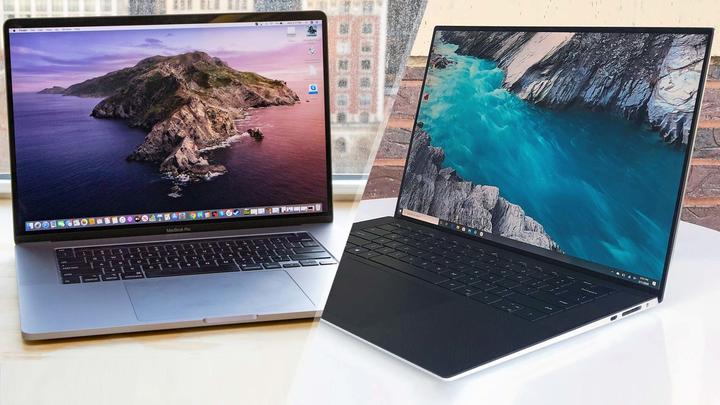
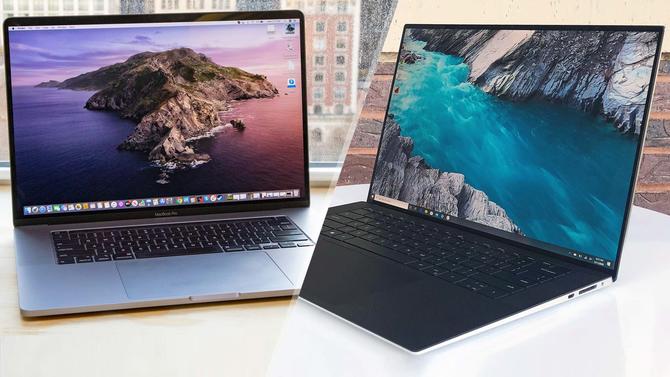
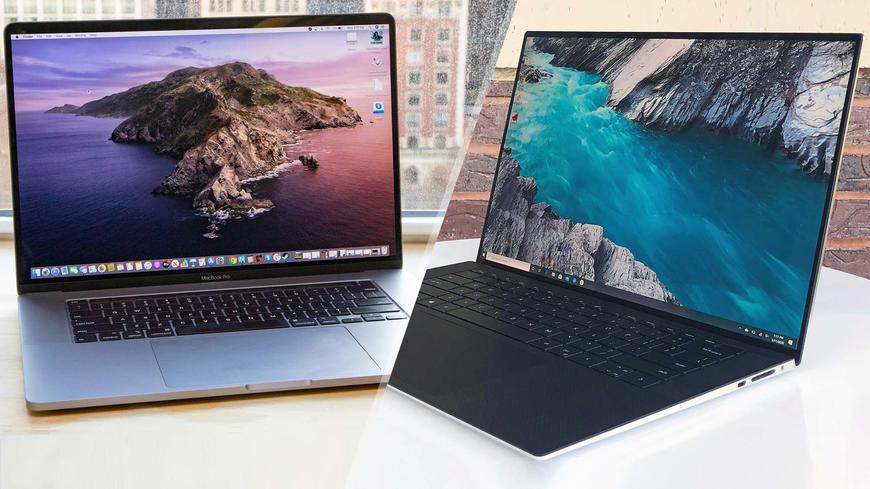
II. iOS: Advantages and Disadvantages
iOS, developed by Apple, powers the company's lineup of MacBooks and other devices. Here are some advantages of choosing iOS:
Seamless ecosystem integration: One of the standout features of iOS is its seamless integration with other Apple devices. This synergy allows users to easily share files, access synchronized content, and manage their digital life across multiple devices.
User-friendly interface: iOS is renowned for its intuitive and user-friendly interface. Apple's commitment to simplicity and elegance in design has garnered a dedicated user base that appreciates the smooth and visually appealing experience.
Strong security and privacy: Apple has established a reputation for prioritizing security and privacy. iOS devices benefit from built-in security features and strict app store regulations, making them less vulnerable to malware attacks.
However, iOS also has its limitations:
Limited hardware choices: Apple's control over both the hardware and software means users have a more restricted range of device options. This exclusivity often comes with a higher price point, limiting budget-conscious consumers.
Software compatibility constraints: While iOS offers a wide range of applications, its closed ecosystem can restrict compatibility with certain software programs, especially those designed for specific industries or niche purposes.
III. Debunking the "MacBook as Fashion Device" Perception
The perception of MacBooks as fashionable devices primarily driven by image and status is a common stereotype. However, it is essential to recognize that Apple's laptops do possess notable qualities that differentiate them from their Windows counterparts. These qualities include:
Build quality and design: Apple has established a reputation for producing high-quality, premium devices with sleek designs and attention to detail. The aluminum unibody construction of MacBooks is often lauded for its durability and aesthetic appeal.
Optimized software and hardware integration: Apple's tight control over both the hardware and software allows for optimization that can result in a seamless and efficient user experience. This integration can contribute to enhanced performance and reliability.
That being said, it is unfair to dismiss Windows laptops as inferior alternatives. There are numerous Windows laptops available that offer comparable performance and features to MacBooks, often at a more affordable price point. Some notable examples include:
Dell XPS 13: Known for its sleek design, impressive display, and strong performance, the Dell XPS 13 competes favorably with MacBook models, offering a viable alternative for users seeking a premium Windows laptop.
HP Spectre x360: The HP Spectre x360 combines elegant design with powerful performance and versatility. Its 2-in-1 capability, high-resolution display, and long battery life make it a compelling choice for users looking for a Windows alternative to the MacBook.
Conclusion:
Choosing between Windows and iOS ultimately depends on an individual's specific needs, preferences, and budget. Windows offers a wider range of hardware choices, software compatibility, and customizability, while iOS provides seamless ecosystem integration, user-friendly interface, and strong security measures.
While MacBooks may have a fashionable appeal, it is important to acknowledge that comparable Windows laptops can offer similar performance and features at a more affordable price. The Dell XPS 13 and HP Spectre x360 are just two examples of Windows laptops that can compete with MacBooks in terms of build quality, design, and overall performance.
Ultimately, the decision should be based on an individual's priorities and requirements, ensuring that the chosen operating system and device align with their workflow, software needs, and budgetary constraints.